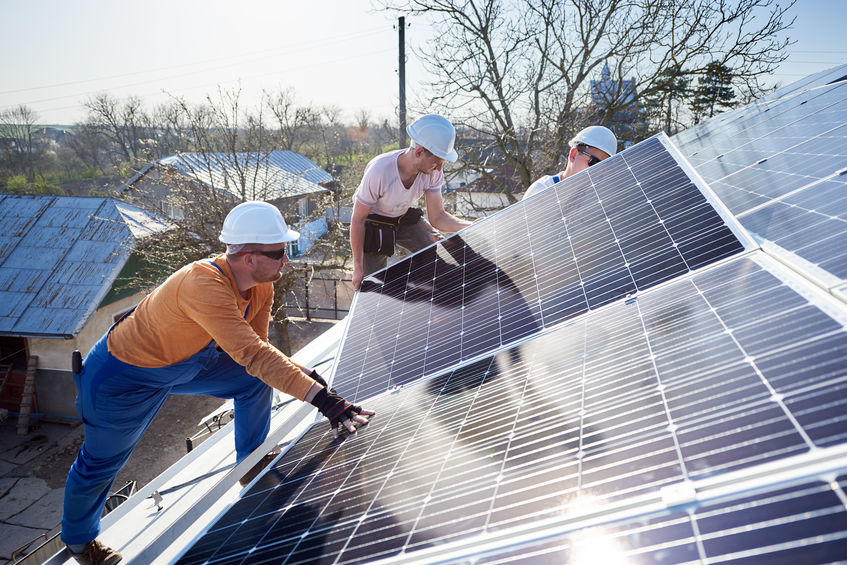Solar energy is one of the cleanest and most reliable forms of alternative energy on the planet. Many people are curious of how a solar panel generates energy for homes, commercial buildings, and farms. We’re here to explain the simple process of a solar panel.
Generating Electricity
Solar-powered Photovoltaic panels convert the sun’s rays into electricity for many different uses. The photons of light from the sun end up exciting the electrons in the silicon cells in the solar panels. They transform that incoming light into electricity rather than heat. There are multiple cells that make up an entire solar panel, which means the more solar cells and the more solar panels will generate more energy. Photovoltaic solar panels will generate direct current electricity, which means the electrons flow in one direction around the circuit.
Inverters Convert Solar Power
An electrical piece of equipment called an inverter will convert the direct current electricity into alternating current electricity, which powers your home, building, or farm. This energy will power your appliances, and the leftover solar electricity will be pumped back into the grid. It’s ultimately the most logical system we can invest in. You have the opportunity to use as much energy as you need before it gets moved back into the power grid. Solar panels retain energy through the daytime, which means at night we still need the energy to power our homes.
If you’re curious as to how you can benefit and save money with investing in solar energy, then you should get in touch with Pope Energy. We serve system owners, commercial and industrial industries, land and real estate owners, and the agricultural industry. Contact Pope Energy at 855-767-3363 to learn more about how we can help you start your investment in a photovoltaic solar project.

